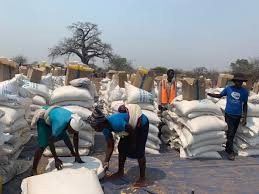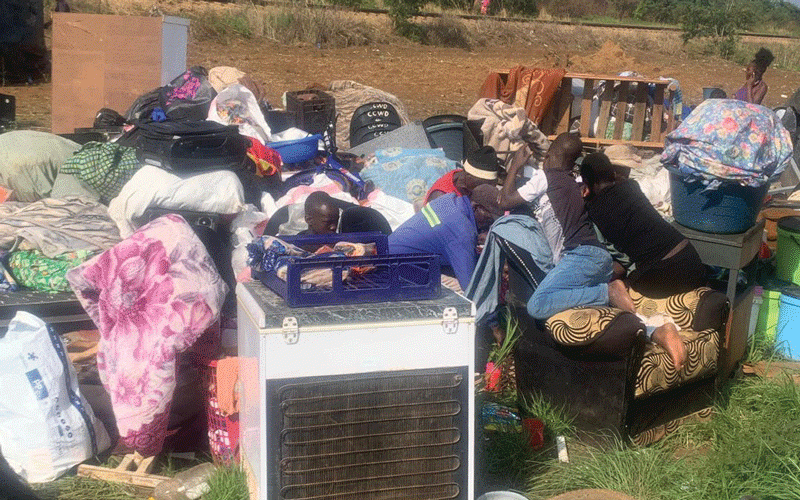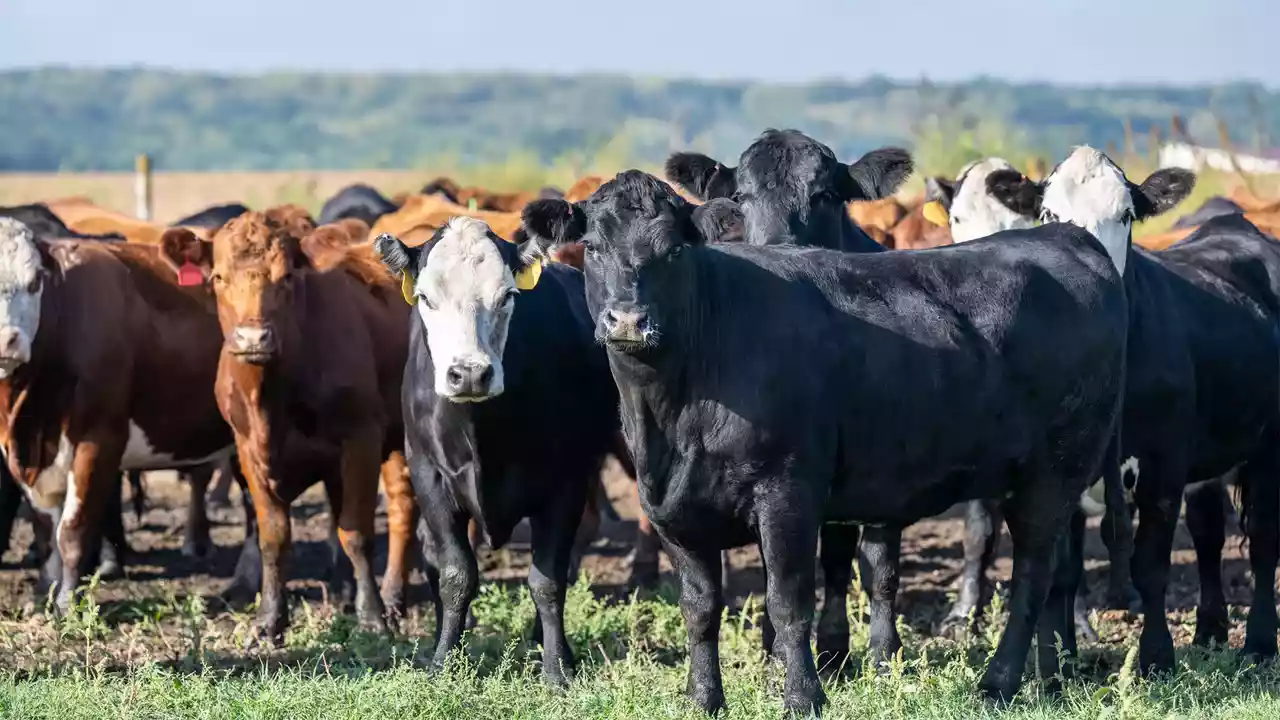
Eight million Zimbabweans still need food aid by March 2025 after severe crop failures caused by El Niño and a prolonged drought that disrupted food production nationwide in the 2023/2024 agricultural season, a World Food Programme (WFP) May 2025 country report has revealed.
According to the report, among the eight million people in need of food aid, 5,9 million are in rural areas while the remaining 2,1 million live in urban areas.
It indicated that regional differences in food and cereal production demand urgent targeted action.
“By addressing these geographical imbalances in food distribution, we can ensure that vulnerable populations receive the support they need and are not left behind in the fight against hunger and food insecurity,” the report reads.
According to the 2025 Second Round Crops, Livestock and Fisheries Assessment, total cereal production at 2 928 206 metric tonnes (MT), with maize contributing 2 293 556 MT, traditional grains including sorghum (436 784 MT), pearl millet (188 261 MT), and finger millet (9 605 MT) make up the remaining 634 650 MT.
The 2025 Zimbabwe Livelihood Assessment Committee report has not yet been released.
“The report will provide insights into the actual number of people requiring food assistance and the main drivers of food insecurity and vulnerability during the 2025/2026 consumption period,” the WFP said.
Meanwhile, the WFP said it has also adjusted its support to refugees by distributing wheat grain and increasing monthly cash transfers to US$8 per person.
- Govt to distribute grain as hunger stalks millions
- Zim’s urbanites facing high prices
- 3,8m villagers face hunger
- Food crisis looms in Sadc
Keep Reading
“The WFP provided food assistance to 12 110 refugees at Tongogara Refugee Settlement.
“This adjustment increased the total monthly cash transfer to US$8 per person, enabling refugees to mill wheat and purchase essential commodities such as vegetable oil and pulses,” the report said.
According to the agency, WFP also signed a memorandum of understanding with the UNFPA to integrate nutrition and gender-based violence mitigation services within food security programming.
“This partnership seeks to deliver more holistic and inclusive support to vulnerable populations,” the report said.
In response to urban disaster risks, WFP supported a flood mapping exercise in Gweru’s Ascot area, a known hotspot.
“The exercise was led by the Zimbabwe National Geospatial and Space Agency and the Department of Civil Protection, with technical support from the CIMA Research Foundation,” the agency said.
The WFP has introduced strategies to address Zimbabwe’s food security crisis with the aim of ensuring that all people, especially vulnerable groups, can obtain food through regular and reliable channels.
The UN agency has also provided activities including skills training; tools and infrastructure to vulnerable urban households to strengthen entrepreneurship and livelihood options to smallholders have improved food security and nutrition.
“By 2026, targeted rural populations achieve climate-resilient livelihoods, sustainable management of natural resources and enhanced participation in local markets and value chains,” the report said.
“Activities include conditional cash and food transfers, along with training and technical support for communities and institutions.
“By 2026, national and subnational institutions in Zimbabwe have strengthened capacities to develop, coordinate and implement well-informed, effective, and equitable actions to achieve food and nutrition security.“Support includes technical assistance to improve emergency response, social protection systems, and long-term food security planning.”










